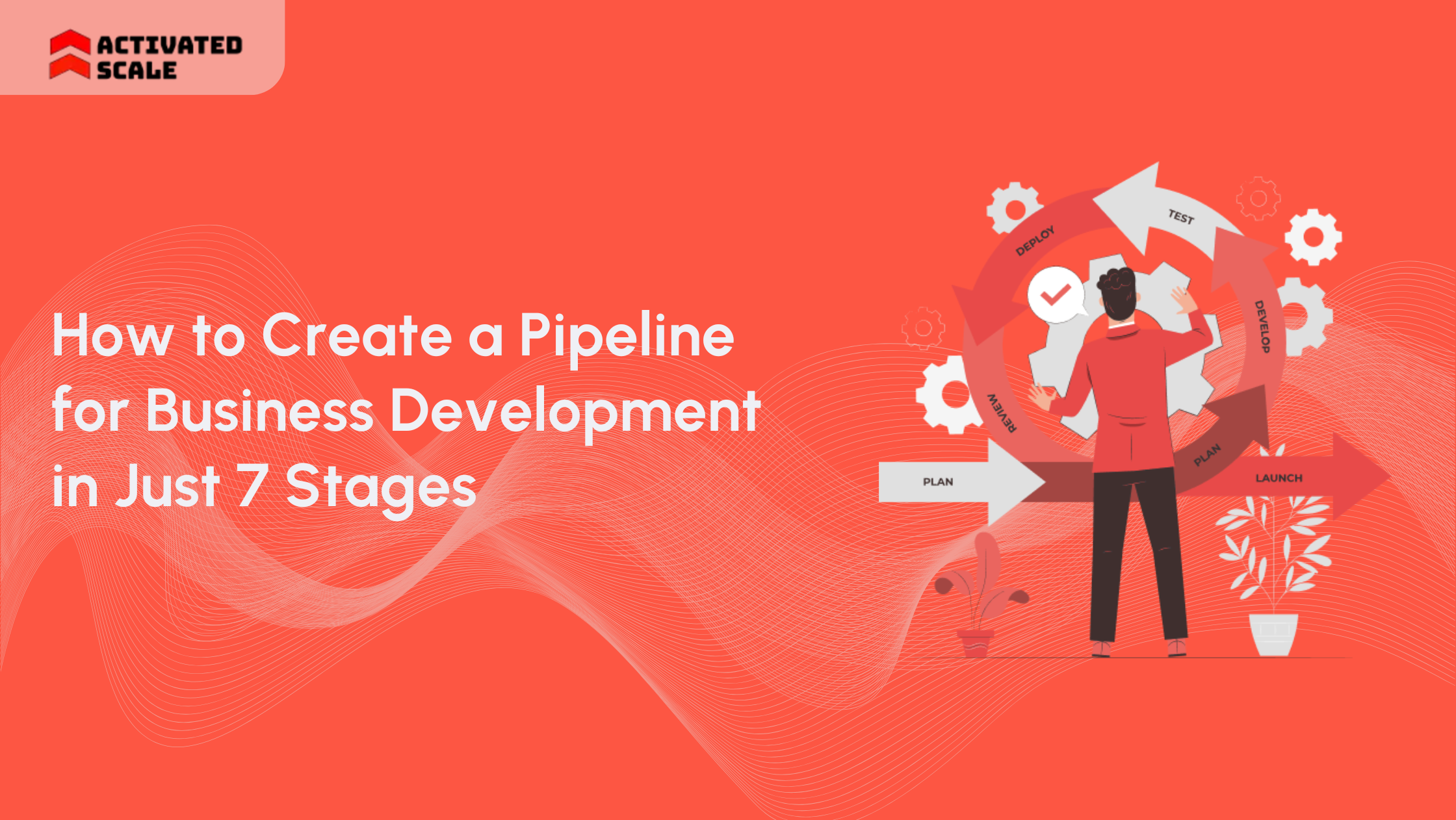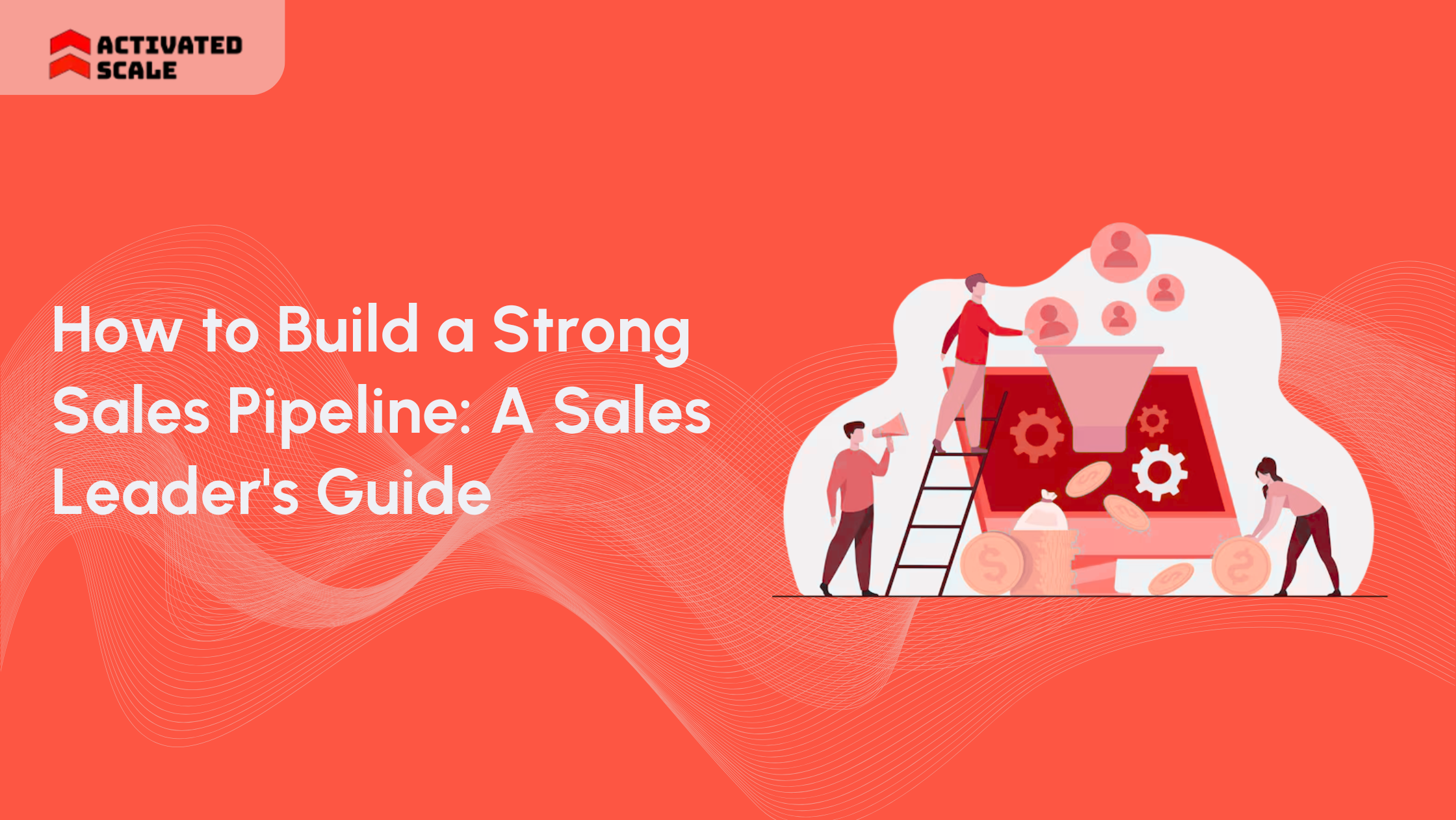What if we told you that generating and acquiring leads is like going from planting seeds to harvesting a bumper crop of new customers?
In digital marketing, understanding the differences between lead generation and lead acquisition is essential for crafting effective strategies that drive business growth. These terms are often used interchangeably, but they encompass distinct processes that play critical roles in a company's marketing efforts.
Lead generation focuses on attracting and capturing interest in a product or service, whereas lead acquisition involves converting potential leads into actionable contacts for sales. Recognizing the differences between these two processes is vital for marketers aiming to optimize their approach and maximize their return on investment (ROI).
Difference Between Lead Generation and Lead Acquisition
The table below highlights the core differences and strategies between lead generation vs lead acquisition, providing a clear overview of how each process functions within a broader marketing strategy.
Activated Scale can help differentiate these stages, providing access to expert sales professionals tailored to your specific needs.
Okay, now that we have a good grasp of the differences, let's dive deeper into what lead generation is all about.
What Is Lead Generation?
Lead generation is the process of attracting potential customers to a business and encouraging them to express interest in the company’s products or services. This process typically involves strategies designed to capture the attention of a broad audience and convert them into leads—individuals who have shown interest and may eventually make a purchase. Lead generation often uses digital marketing techniques like content marketing, social media campaigns, search engine optimization (SEO), and paid advertising to reach and engage a targeted audience.
The ultimate goal of lead generation is to build a pipeline of prospective customers who can be nurtured through the sales funnel. By creating valuable content, offering solutions to common problems, and establishing brand authority, businesses can effectively attract and engage potential leads. The process of lead generation is ongoing and requires consistent effort to maintain a steady flow of interested prospects.
Also Read: Understanding B2B Appointment Setting and Lead Generation
Now that we've got lead generation covered, let’s shift gears and talk about lead acquisition.
What Is Lead Acquisition?
Lead acquisition refers to the process of converting potential leads into qualified contacts who are ready to engage with the sales team. This process involves identifying and capturing leads who have demonstrated a genuine interest in the company's offerings and are likely to become paying customers. Unlike lead generation, which focuses on attracting leads, lead acquisition emphasizes converting these leads into actionable opportunities.
The lead acquisition process often includes tactics like lead scoring, where potential customers are evaluated based on their level of engagement and fit with the target audience. This allows businesses to prioritize leads that are most likely to convert into customers. Additionally, lead acquisition involves using customer data to tailor marketing efforts and deliver personalized experiences that encourage prospects to take the next step in the sales process.
Also Read: Top 9 Lead Generation Companies for Small Businesses
So, what makes these two processes so different? Let’s break it down and explore how you can effectively generate leads.
Strategies for Effective Lead Generation

1. Inbound Tactics
Inbound marketing tactics are a cornerstone of successful lead-generation strategies. By creating valuable and relevant content that addresses the needs and pain points of the target audience, businesses can attract potential leads organically. Content marketing, including blog posts, eBooks, webinars, and infographics, establish authority and credibility while driving traffic to the company's website.
Search engine optimization (SEO) is another critical inbound tactic for lead generation. By optimizing website content for relevant keywords and improving search engine rankings, businesses can increase their visibility and attract organic traffic. This approach not only captures the attention of potential leads but also enhances brand recognition and authority in the industry.
2. Outbound Tactics
While inbound tactics focus on attracting leads organically, outbound marketing strategies involve proactive outreach to potential customers. Outbound tactics, such as cold emailing, telemarketing, and targeted advertising, aim to capture the attention of individuals who may not be actively seeking the company's products or services. These strategies can effectively complement inbound efforts by reaching a broader audience and driving immediate interest.
Outbound tactics can be particularly beneficial for businesses looking to expand their reach and generate leads quickly. By strategically targeting specific demographics or industries, companies can maximize their lead generation efforts and create opportunities for engagement with potential customers.
3. Conversion Optimization
Once potential leads have been attracted to the company's website or landing pages, conversion optimization plays a vital role in turning visitors into actionable leads. Conversion optimization involves optimizing various elements of the website, such as forms, calls-to-action (CTAs), and landing pages, to encourage visitors to provide their contact information and express interest.
A/B testing and user experience (UX) enhancements are valuable tools for improving conversion rates. By experimenting with different layouts, messaging, and design elements, businesses can identify the most effective combinations that drive lead capture. Conversion optimization ensures that lead generation efforts yield tangible results by maximizing the number of leads captured from website traffic.
Also Read: What is a Sales Lead and Factors Affecting its Quality
Great, now let’s explore some killer strategies for turning those leads into actual sales opportunities.
Strategies for Effective Lead Acquisition

1. Lead Nurturing
Lead nurturing is a crucial component of successful lead acquisition. By providing personalized and relevant content through email marketing campaigns, businesses can guide potential leads through the sales funnel and build strong relationships. Personalized email marketing involves segmenting leads based on their preferences and behaviors and delivering tailored content that addresses their specific needs.
Targeted content, such as case studies, product demos, and success stories, can help prospects gain a deeper understanding of the company's offerings and build trust. By nurturing leads with valuable information and solutions, businesses can increase the likelihood of converting them into qualified opportunities.
2. Outbound Methods
In addition to inbound strategies, outbound methods play a significant role in lead acquisition. Direct sales outreach, including personalized phone calls and direct messaging, allows businesses to engage with potential leads directly and address their specific pain points. By understanding the unique needs of each prospect, sales teams can tailor their approach and provide solutions that resonate.
Event marketing, such as webinars, trade shows, and industry conferences, offers valuable opportunities for businesses to connect with potential leads in a face-to-face setting. These events enable companies to showcase their products or services, engage with prospects in real-time, and establish meaningful connections that can lead to successful lead acquisition.
Activated Scale's professionals can directly contribute to outbound methods, ensuring personalized and effective engagement with potential leads.
3. Customer Journey Mapping and Multi-Channel Marketing
Customer journey mapping is a powerful tool for optimizing lead acquisition efforts. By understanding the various touchpoints and interactions that potential leads have with the company, businesses can create a seamless and personalized experience that guides prospects through the sales funnel. Mapping the customer journey helps identify potential bottlenecks and areas for improvement, ensuring a smooth transition from lead to acquisition.
Multi-channel marketing is essential for reaching leads across different platforms and channels. With a mix of email, social media, content marketing, and paid advertising, businesses can engage with potential leads at various stages of their journey. A cohesive multi-channel approach ensures that prospects receive consistent messaging and a seamless experience, increasing the likelihood of successful lead acquisition.
4. Data-driven decisions and Analytics
Data-driven decision-making is a cornerstone of effective lead acquisition strategies. By analyzing data from various sources, including website analytics, CRM systems, and customer feedback, businesses can gain valuable insights into lead behavior and preferences. These insights inform marketing and sales efforts, enabling companies to tailor their messaging and strategies for maximum impact.
Analytics tools provide valuable metrics, such as conversion rates, engagement levels, and lead quality, that help businesses measure the effectiveness of their lead acquisition efforts. By continuously monitoring and analyzing data, companies can identify trends, optimize their strategies, and make informed decisions that drive successful lead acquisition.
So, there you have it—both lead generation and acquisition strategies in a nutshell.
Conclusion
Understanding the distinction between lead generation vs lead acquisition is crucial in digital marketing. Lead generation attracts and captures interest, while lead acquisition converts leads into qualified opportunities. By combining inbound and outbound tactics, businesses can optimize lead-generation efforts and build a pipeline of prospects.
Effective lead acquisition involves personalized nurturing, direct outreach, and a multi-channel approach. Data-driven insights and analytics help refine strategies for better results, empowering marketers to achieve sustainable growth.
Ready to elevate your lead strategies? Activated Scale connects startups and small businesses with vetted fractional sales talent. Our 'try before you hire' model ensures the perfect fit, specializing in lead generation and sales cycle management. Discover how Activated Scale can help you efficiently scale and drive growth today!
The Ultimate Guide to Hiring a Salesperson!
Get the step-by-step guide to hiring, onboarding, and ensuring success!
_edi.png)




